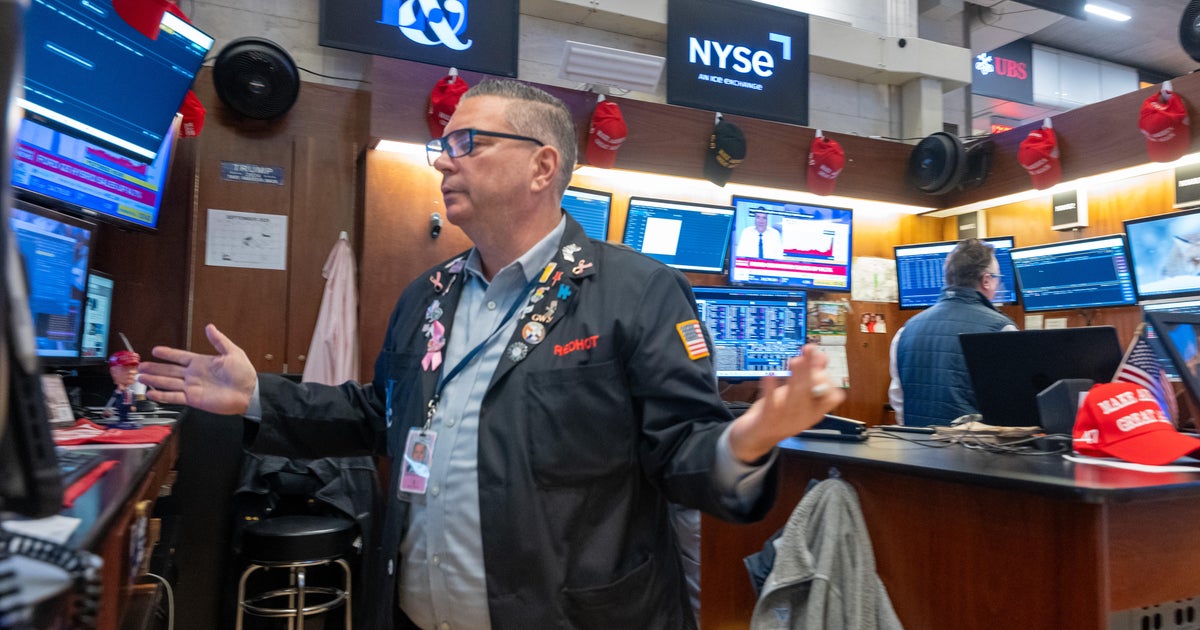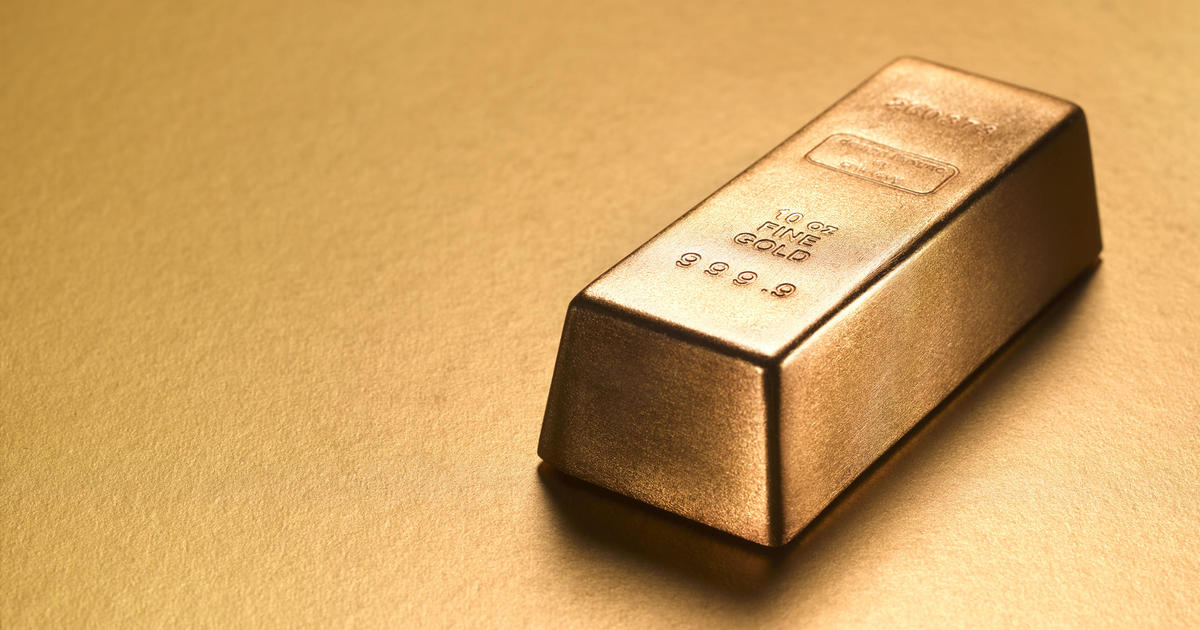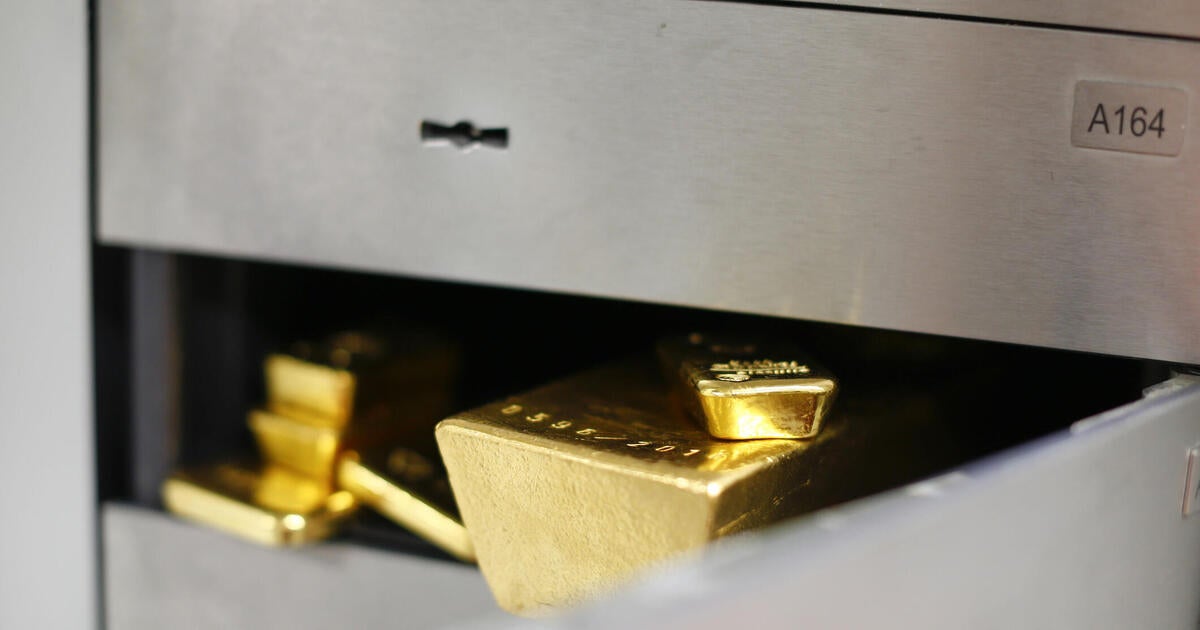Their schools are too hot for study. So these students are doing something about it
These high school students are not normally angry people. But it’s hard not to be on sweltering days, when extreme heat makes it difficult to think, and the astroturf playground burns their feet, the ground 90 degrees.
“When it gets really hot, my mood changes – I get sweaty, I get stuffy, I get angry. It really affects the work I do,” said Akankhita Chaudhuri, from Macarthur Girls High School, her classmates nodding alongside her.

Western Sydney students Shruthi Kuppusamy, Sakina Adeli, Mikaela Barnes and Akankhita Chaudhuri are working to reduce heat in their schools.Credit: Jessica Hromas
So she and nearly a thousand of her peers in western Sydney are doing something about it.
For 10 weeks, year 9 and 10 students from nine schools have been working to solve the issue of soaring heat in their schools as part of a project delivered by the Powerhouse Museum with support from NSW Office of the Chief Scientist and Engineer, local councils, universities and the CSIRO.
Students know they are racing a clock – heat deaths will increase by more than 400 per cent in Sydney at three degrees of global warming, according to the first National Climate Risk Assessment report, released by the federal government on Monday.
Yet, for the first time, the girls have hope.
Last Friday, the girls, along with students from other western Sydney schools, gathered at Parramatta Town Hall to present their solutions to key Department of Infrastructure stakeholders and listened to celebrated sustainability architect Francis Kere as part of Sydney Design Week.
Students from Doonside proposed a long and short-term plan, including planting trees – their investigations revealed the school had just 12 per cent canopy coverage – as well as new misters, fans and adjacent cooling gardens to surround their basketball courts. The school has committed to begin planting trees by October.
“Having the opportunity to express our ideas with the people who are actually in charge of implementing these changes makes me feel heard, and it makes me feel less frustrated and in control,” said Sakina Adeli, from Doonside Technology High School.
Loading
Over summer, the year 9 and 10 geography and iSTEM students borrowed thermal imaging cameras from the Powerhouse Museum, placing them in different areas across the school. The results were “shocking”, said Mikaela Barnes, also from Doonside Technology High.
The school’s astroturf tennis courts reached 89.2 degrees on a 36-degree day, the ground so hot students “cooked an egg on it”.
“It was crazy because the astroturf is the place most students hang around, but on summer days people actually get burnt, and we are not allowed on it,” Barnes said.
Similar experiments occurred across the other eight schools involved in the project, students working to not only identify problems but propose solutions. Already, some of their ideas are being taken on board, said School Infrastructure director of sustainability Megan Lupton, who met with students on Friday.
“The event was about hearing student’s voices to think about how their solutions could inform our own planning and decision-making,” Lupton said.
She described the solutions as “impressive”.
“You could see the teams were so passionate when they were pitching … I genuinely think it wasn’t just a symbolic event but a genuine commitment to hear the student voice, ensuring those ideas can inform the thinking, the planning and decision-making around school design,” Lupton said.
Get to the heart of what’s happening with climate change and the environment. Sign up for our fortnightly Environment newsletter.
Most Viewed in Politics
Loading


















































